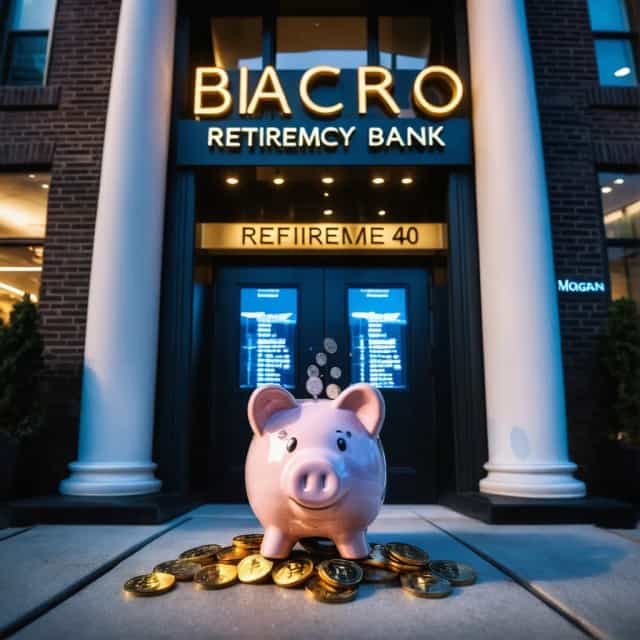
Image source: Block Media
New Stablecoin Co-Founded by Tether Creator Struggles to Maintain $1 Peg at Launch
The launch of USST, a new stablecoin co-founded by one of Tether's original creators, has been mired in controversy after failing to sustain its $1 peg. Released by the decentralized protocol STBL on October 10, the stablecoin quickly dropped below its benchmark value, sparking concerns about its stability and investor confidence.
USST’s Peg Instability: A Shaky Start for a New Stablecoin
Shortly after its debut, USST fell to a low of $0.96 before recovering slightly to trade around $0.97. This early instability echoes challenges that many nascent stablecoins face when trying to establish credibility in a competitive market. The volatility has been attributed to liquidity adjustments rather than fundamental design flaws.
Katy Romero, CEO of crypto consulting firm BABs, explained, “Early-stage stablecoins often face peg instability. This slip appears to be a liquidity adjustment issue rather than a structural flaw.” However, she added that insufficient liquidity pools and weak incentive mechanisms amplified the price drop, creating conditions where even modest sell-offs could result in outsized volatility.
STBL and USST: The Ecosystem Facing the Heat
STBL, the governance token linked to the USST project, also took a significant hit amid shaken investor sentiment. By October 11, STBL was down over 47% compared to its previous day’s value. Market experts have framed this as a "trust stress test" rather than a complete collapse, though they emphasized the broader risks associated with the peg deviation.
Kadan Stadelmann, CTO of Komodo, weighed in on the implications, stating, “While USST hasn’t structurally collapsed, the warning signs are evident.” Analysts further cautioned that continued instability in USST could have ripple effects throughout the STBL ecosystem. Swift action to resolve liquidity challenges will be critical in regaining user trust and preventing further damage.
Strategic Partnership with Ondo Finance to Fortify Stability
In an effort to address these concerns, STBL announced a strategic collaboration with Ondo Finance on the same day as USST’s launch woes. The partnership is designed to bolster the stablecoin’s collateral structure. STBL plans to use USDY—a tokenized, dollar-pegged yield asset from Ondo Finance—as primary collateral for USST, with an initial target of securing up to $50 million in USDY.
This move is part of a broader strategy to enhance the stability of the USST token and mitigate risks associated with shallow liquidity. By integrating USDY into its ecosystem, STBL aims to provide a stronger and more resilient framework to support the stablecoin’s value.
The Broader Challenge for Emerging Stablecoins
The rocky debut of USST underscores the unique challenges that emerging stablecoins encounter as they attempt to carve out a space in the cryptocurrency market. Establishing a robust peg mechanism and earning investor trust remain pivotal hurdles, particularly in the early stages of a project’s lifecycle.
“This peg deviation, though not severe in magnitude, is enough to shake investor confidence,” remarked a group of industry experts. They emphasized that restoring faith will depend heavily on how quickly STBL can address its liquidity and incentive structure issues. Failure to do so risks undermining not only USST’s credibility but also the broader STBL ecosystem’s viability.
A Lesson in Trust for the Stablecoin Market
The initial struggles of USST serve as a stark reminder of the critical role that trust plays in the stablecoin sector. Unlike cryptocurrencies with high volatility, stablecoins are expected to maintain a reliable value peg, usually to fiat currencies like the US dollar. Any deviation, no matter how minor, can create disproportionate skepticism in the community and hinder adoption.
With seasoned crypto entrepreneur Reeve Collins—former co-founder and CEO of Tether—at the helm, the STBL team brings considerable experience to the table. However, this launch has demonstrated that even projects led by industry veterans are not immune to the challenges of liquidity dynamics and market perception.
Conclusion: Can STBL Regain Investor Confidence?
USST's early peg instability highlights the difficulties faced by new entrants in the stablecoin market, where investor trust and ecosystem integrity are paramount. While STBL’s partnership with Ondo Finance and plans to stabilize USST through robust collateral backing are positive steps, the project’s ability to quickly execute and demonstrate resilience will be critical.
As the cryptocurrency industry continues to grow, the incident serves as a reminder of the high stakes and challenges in introducing stablecoins—especially in a market where trust can make or break a project. How STBL navigates the coming weeks will determine its long-term viability and whether it can reclaim investor trust in the volatile world of decentralized finance.










